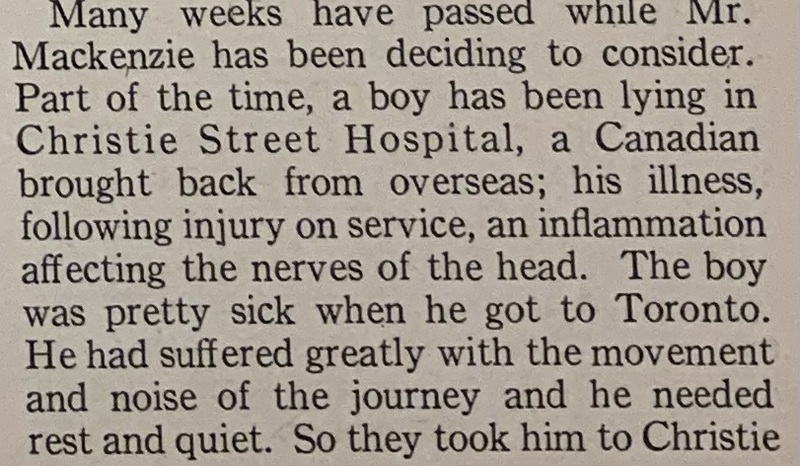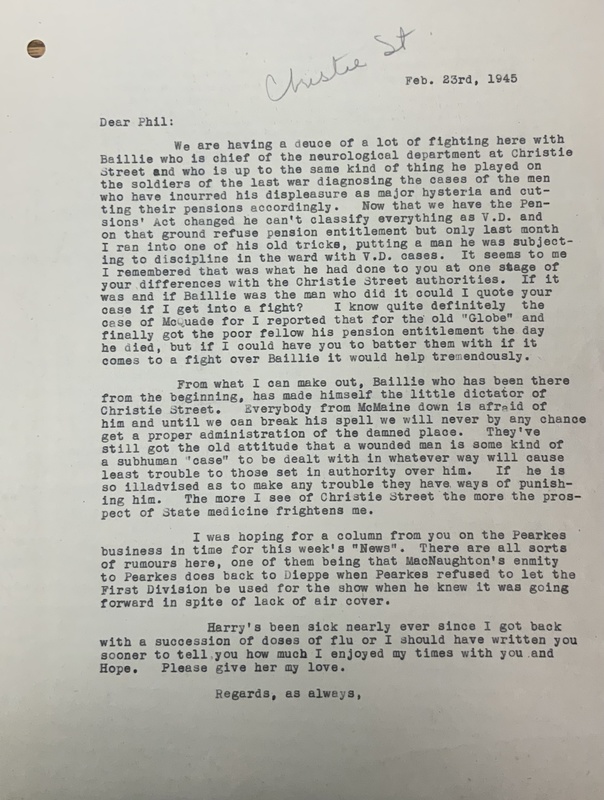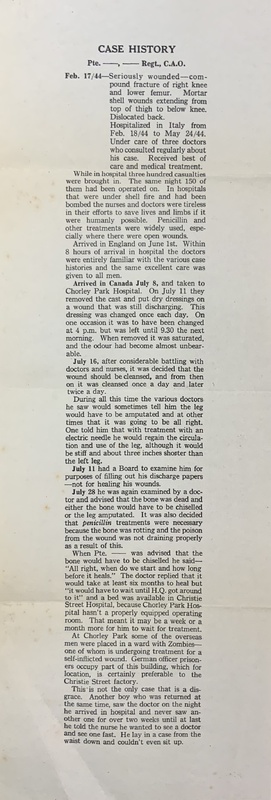Medical Mistreatment of Veterans
This page depicts a few of the many instances and allegations of poor medical practice at Christie Street Hospital. While reading about the experiences of these veterans, it is important to remember that certain practice standards mentioned were common in the 1940's. This shows that while Christie Street was a horrific example of poor medical care, it was not isolated, but rather widespread throughout the veterans healthcare system and possibly the care of the general public. These examples also show how issues in healthcare were further worsened by the use of societal ideals to guide care for cases of "male hysteria," sexually transmitted diseases, and many other societally controversial issues.



